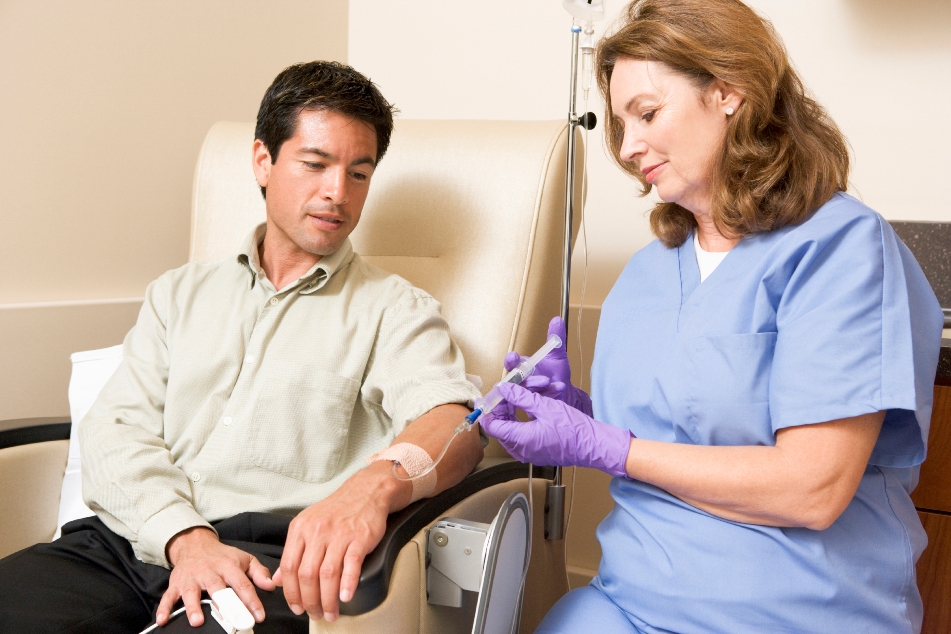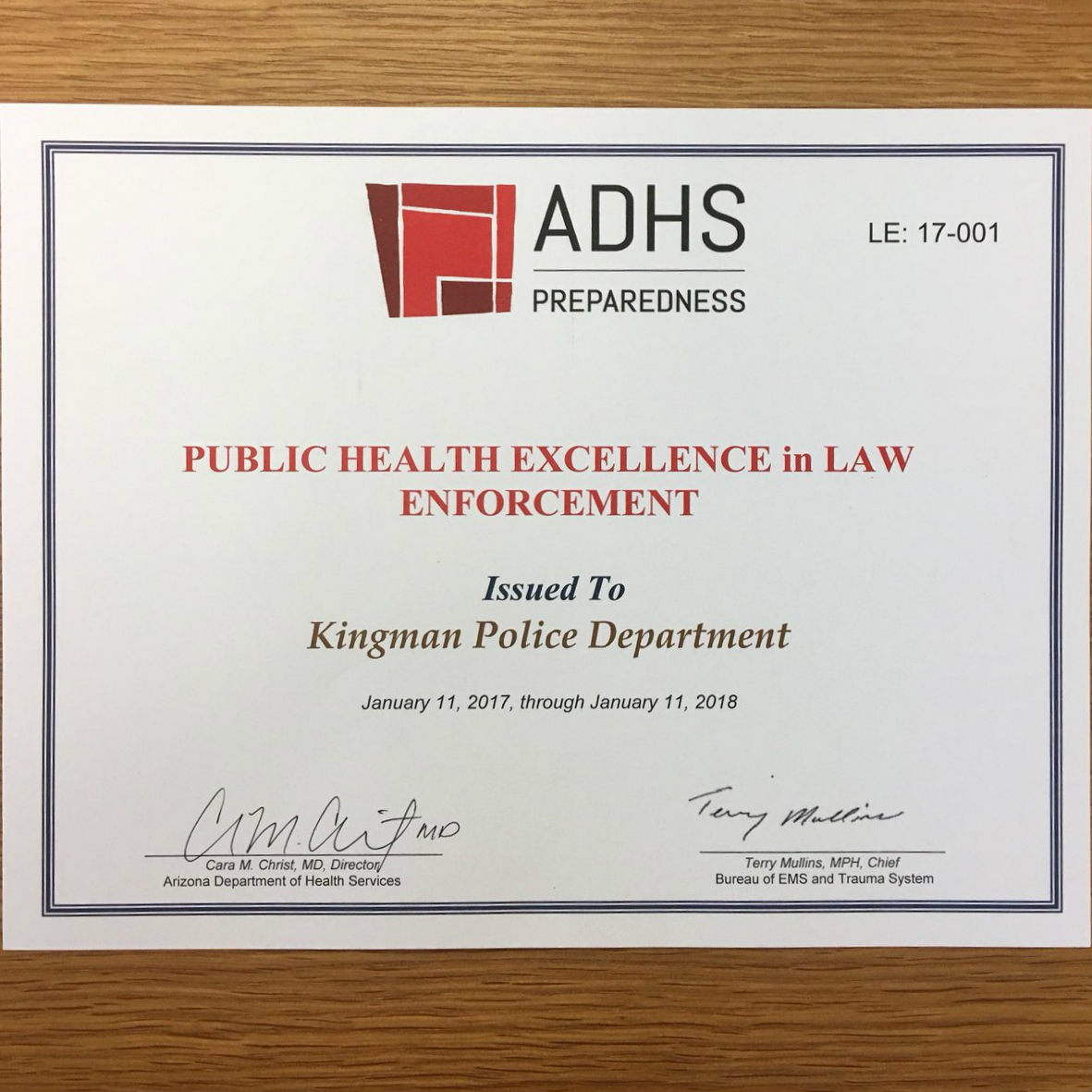Items in the Preparedness category will cover everything from Emergency Medical Services to vaccination programs. This division at ADHS tracks contagious disease, coordinates emergency preparedness activity, licenses EMTs and Paramedics, regulates ambulance companies, authorizes special hospital designations like cardiac care center and Level IV trauma center, issues birth and death certificates, and tracks critical health data through various sources including hospital discharge information.
Leptospirosis on the Rise in Arizona Dogs: Know How to Keep You and Your Dog Safe
Leptospirosis is a bacterial disease that can affect people and animals. The bacteria can be found in soil and water and can be carried and spread in the urine of infected animals (including rodents, wildlife, pets, and livestock). Dogs can become infected with leptospirosis. Symptoms in dogs include fever, lethargy, lack of appetite, vomiting, diarrhea, [...]



















